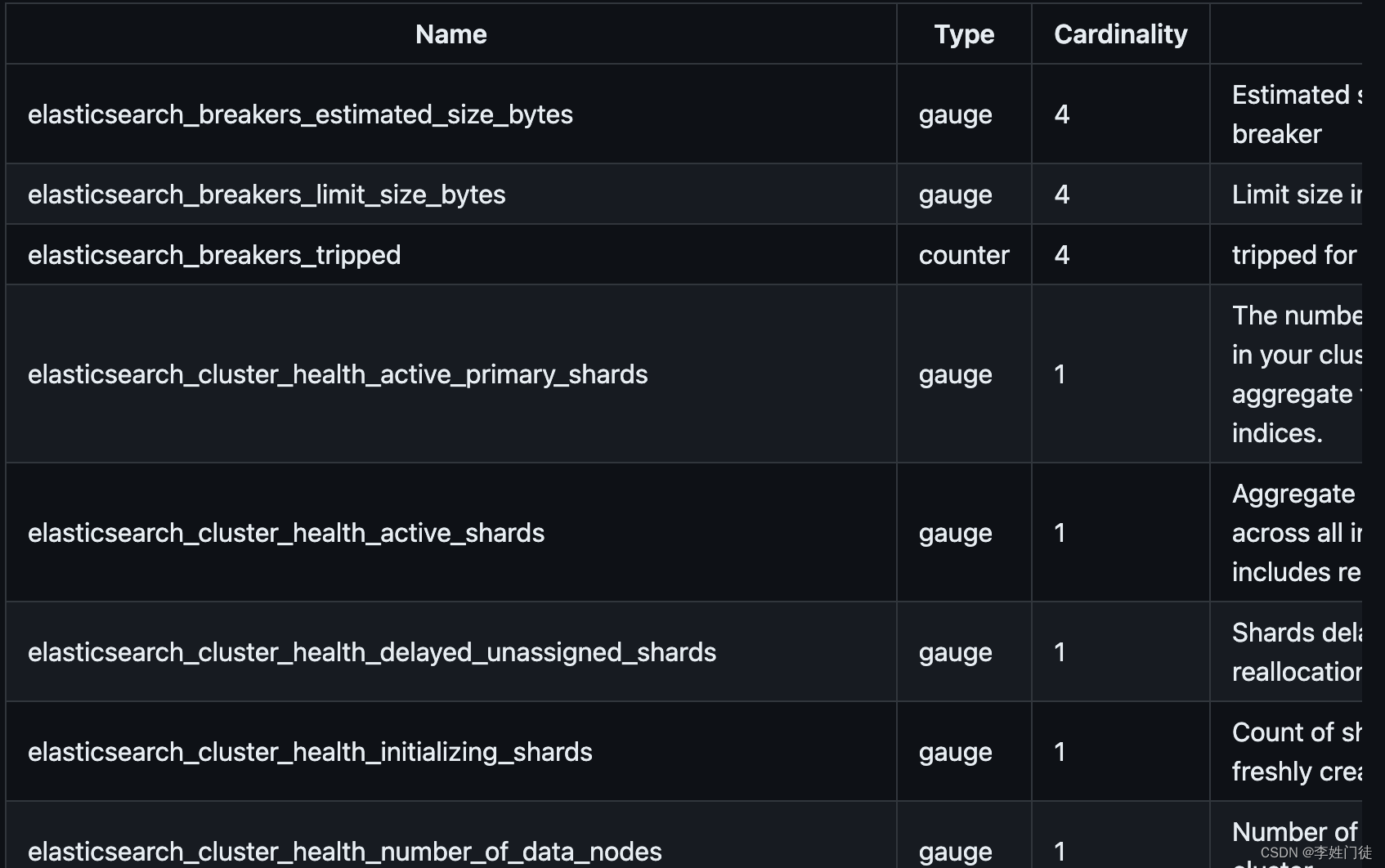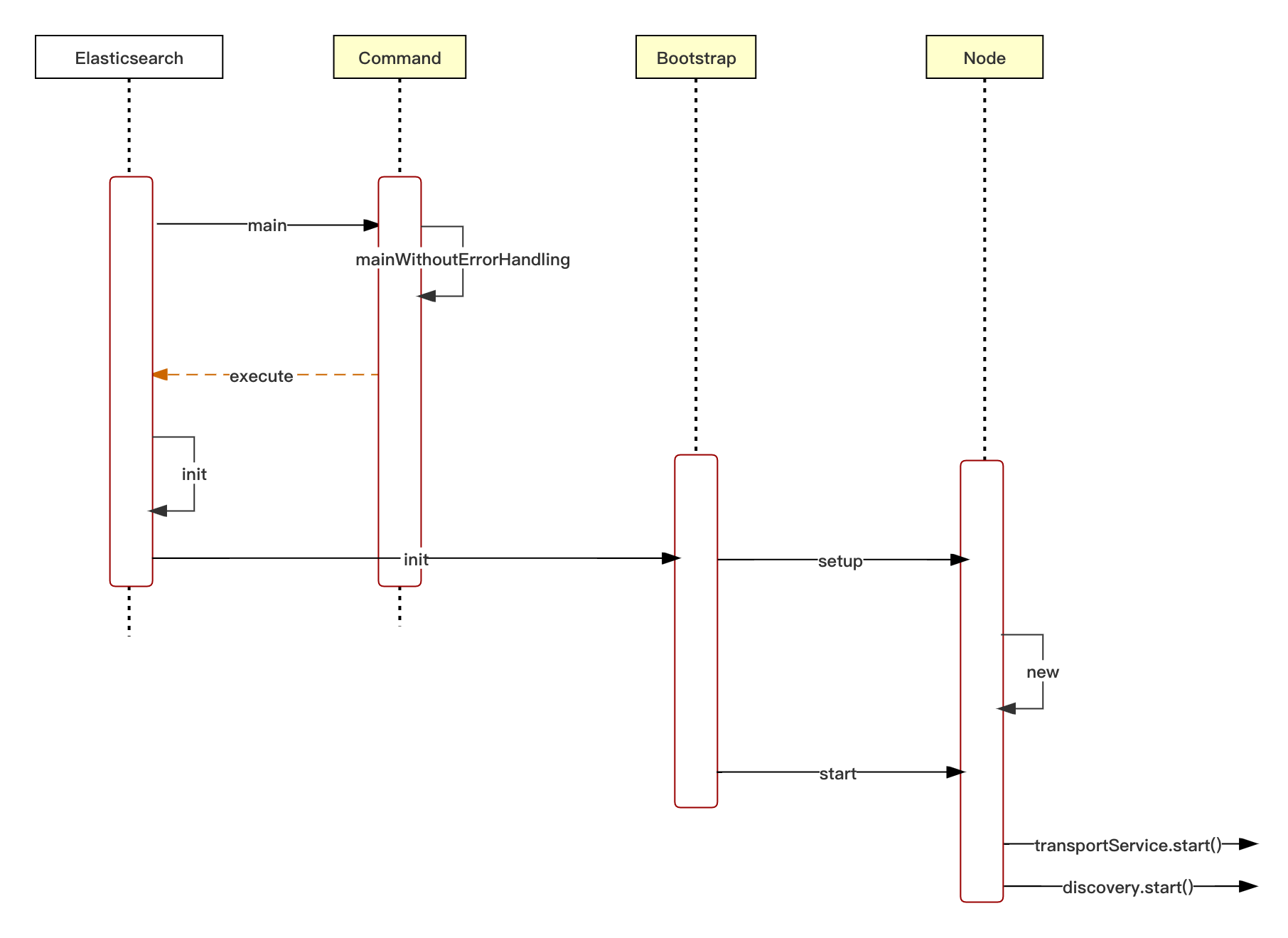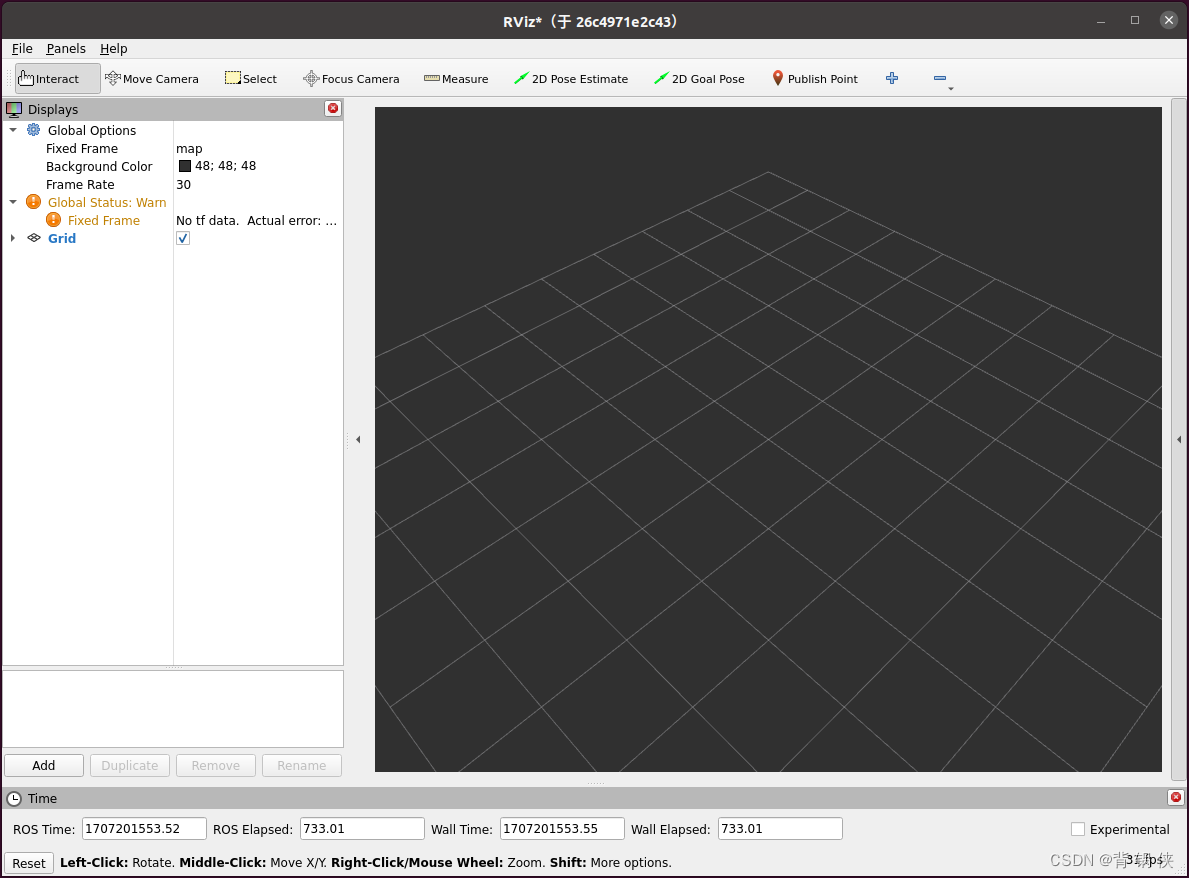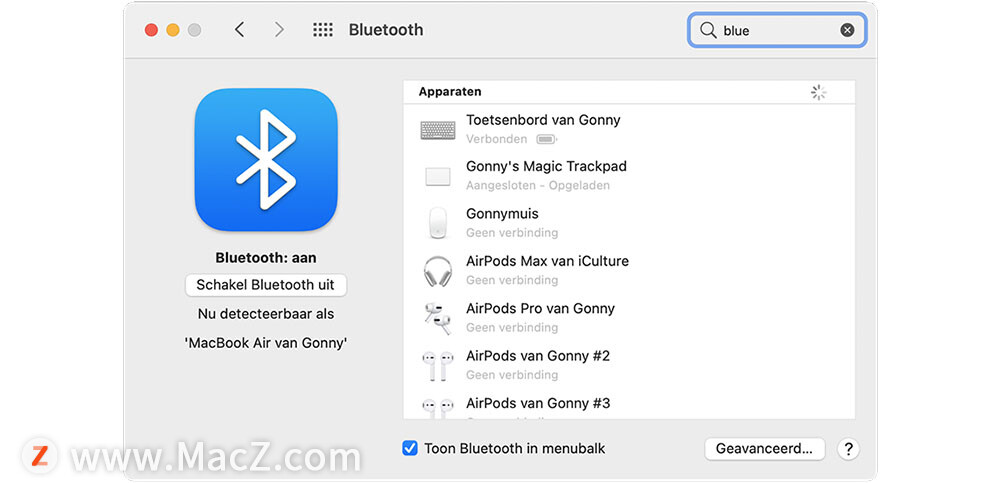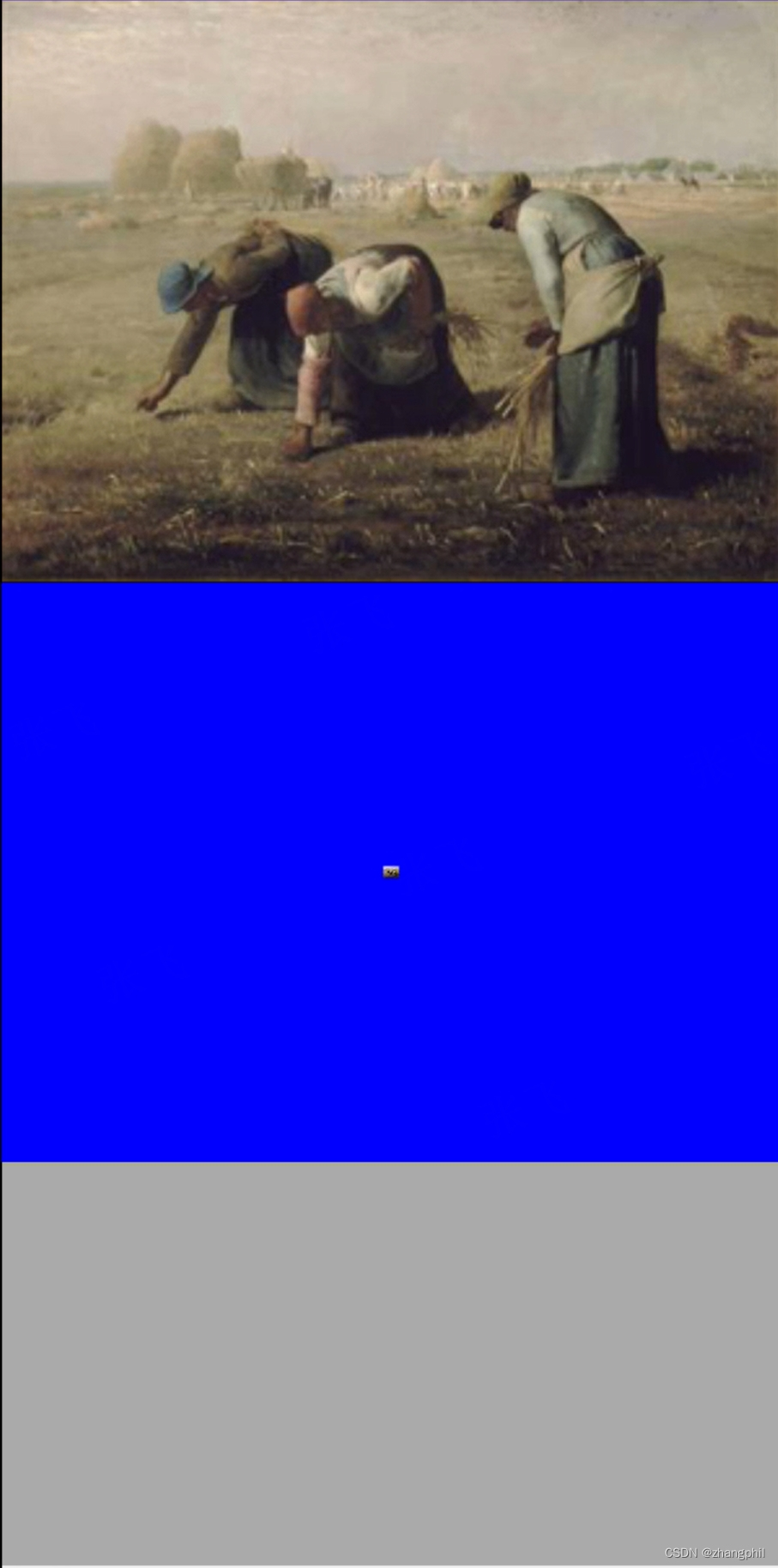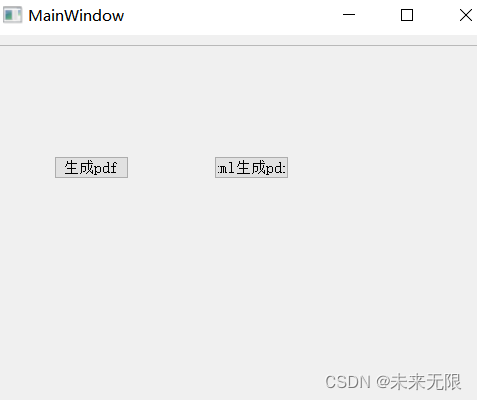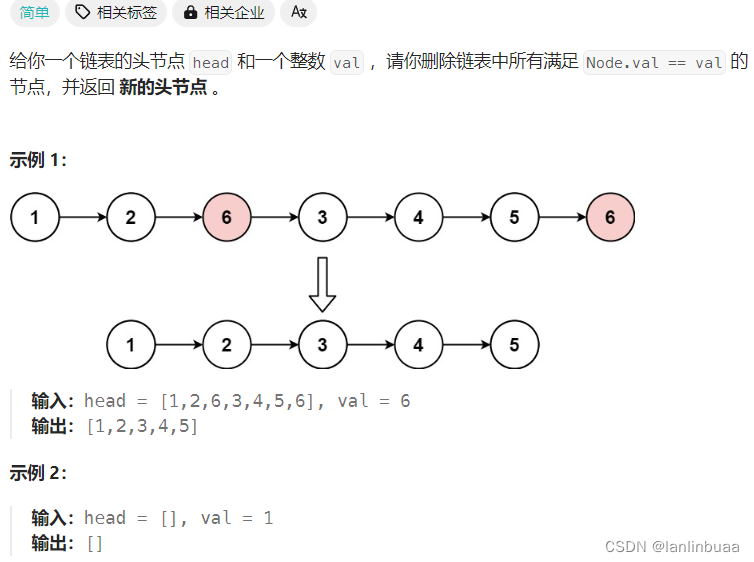Statistical Machine Learning II
1 Course overview
1.2. Prerequisites: STAT 4051 and STAT 4102 (or STAT 5102).
1.3. Credit Hours:
1.5. Course format: Classes will be held in-person, whereas office hours will be held online through Zoom (link provided in Section 1.7). Attendance is not required. I intend to hold all class sessions in-person except if situational factors arise, such as personal illness or work-related trips of the instructor. Only under these circumstances, the class may be held synchronously via Zoom or recorded for later viewing.
1.6. Technology requirements: These technical requirements will allow you to access the Canvas site successfully, send/receive online communications, complete assigned activities: a U of M internet ID (your official U of M email address), a reliable, high-speed Internet access, a supported web browser, a laptop or desktop with a working microphone and webcam, R or RStudio installed on your computer (see Section on statistical software below).
2 Course information
Note: You are not allowed to take photos or videos during the in-person lectures or labs. Office hours are intended for course-related inquiries only.
Students attending the online office hours are required to activate the video.
2.1. Course inquires: Any question related to the course, including homework assign- ments, lecture notes, R code, exams and class organization, must be posted on the discussion board on Canvas. Please, do not email the instructor or the TA if you have questions regarding any of the above mentioned categories. Only questions related to your individual performance should be sent directly to the main instructor or the TA via email.
2.2. Textbooks:
The links to the textbooks are provided on the Canvas webpage of the course.
. (Required) James, G., Witten, D., Hastie, T., Tibshirani, R. (2013). An introduction to statistical learning. New York: Springer. (It covers about 70% of the material).
. (Required) Faraway, J.J. (2004). Extending the Linear Model with R. Chapman & Hall. (It covers about 25% of the material).
. (Required) Gelman, A., and Hill, J. (2006). Data analysis using regression and multilevel/hierarchical models. Cambridge university press. (Chapter 25 only). (It covers about 5% of the material).
2.3. Statistical Software: (Required) RStudio and R. Free download at: https: //rstudio.com/products/rstudio/download/. Before the first lab you must make sure that the most updated versions of both R and RStudio are installed on your computer.
3 Assessment
3.1. Homework assignments: The homework is a required part of the course. There will be 10 assignments during the semester and can be conducted either individually or in groups. Each group cannot contain more than 3 students. The homework will assess both the theory component discussed during class and the computational component introduced in the Lab. Assignments will typically be due weekly on Tuesdays. Occasionally,
assignments may be due on Sundays and/or biweekly. Late homework will not be graded, but the lowest homework score will be dropped.
After the due date of a given homework assignment, only a few questions among those assigned will be randomly selected and ultimately graded. In light of this, as part of your preparation for the exams, you are solely responsible to check the solutions provided for all the exercises that were assigned to you in the first place.
3.2. Participation: Participation in class and contribution to the discussion board on Canvas are encouraged and will be rewarded. Especially, for those students which will engage in addressing the queries posted on the discussion board.
3.3. Midterm exams: There will be two in-class midterm exams. They will include both theory and application material but no R coding will be tested.
3.4. Final project: The final project will consist in the analysis of a real dataset (assigned by the instructor to the students) and can be conducted either individually or in groups. Each group cannot contain more than 3 students. The final project will be assigned towards the end of the semester and you will be given at least 15 days to complete the analysis. The final project must be submitted on Canvas. No submission of the final project report will be accepted after the due date.
3.5. Exam dates: First Midterm: March 15 (in-person).
Second Midterm: April 19 (in-person).
Final project: Assigned mid-April, due May 3.
3.8. Submitting the wrong files: You are solely responsible for the files being submitted for assessment. Specifically, it is your responsibility to make sure that the files you have up- loaded on Canvas are the correct ones, that all their parts can be clearly read when open on Canvas. Only what readable through Canvas will be graded, and no later submission of the “correct files” will be accepted. This implies that, if you will accidentally upload a blank file, that will result in a grade of zero.
3.9. Use of AI in course assignments. While the use of Artificial intelligence (AI) language models, such as ChatGPT, may be used for any assignment, you will be solely responsible for the content of all your submissions. This implies that, if and when requested by the instructor or the TA, you must be able to explain the meaning and justify the use of any single sentence, formula, or line of code used in your assignments. Inability to do so will result in a substantial points deduction from your assignments. Additionally, please
note that no assistance will be provided neither by the instructor nor the TA on material, including R code, that was not taught in class or during the lab.
4 Other course policies
4.1. Letters of Recommendation. Letters of recommendation may potentially be written for deserving students only after the course has been completed. Requests for letters will be taken under consideration only for students satisfying all of the following requirements:
. a letter grade no lower than A-,
. participation during the lectures and/or on the discussion board,
. a score Ø 86% in the final project.
Requests for letter of recommendation must be made at least 3 weeks in advance.
4.2. Incompletes. Incompletes will be given in cases of extreme hardship, and when there is a substantial amount of unfinished work that the student is not able to complete. The student must have a legitimate excuse why the work could not be done on time, adequate documentation verifying the situation must be provided, and he or she must make arrangements with the instructor as to when the work will be done. Incompletes will not be granted retroactively, i.e., if a student facing hardship decides to complete homework assignments or exams, and requests an incomplete only after seeing the outcomes. For more information, please refer to the university policy about incompletes.
4.3. Makeup Work for Legitimate Absences. Students will not be penalized for absence during the semester due to unavoidable or legitimate circumstances. Such circum- stances include verified illness, participation in intercollegiate athletic events, subpoenas, jury duty, military service, bereavement, and religious observances. Such circumstances do not include voting in local, state, or national elections. Adequate documentation is required only in situations where the legitimate absence involves missing an exam.
4.4. COVID-19 policies. The instructor acknowledges that the diffusion of COVID-19 may increase the likelihood of sickness. You should stay at home if you experience any signs of illness or have a positive COVID-19 test result. If this occurs, please consult with your healthcare provider about an appropriate course of action. I will follow these same protocols and will let you know if the delivery of this course has to be temporarily changed as the result of my own circumstances. Absences related to illness, including COVID-19 symptoms, for yourself or your dependents, that involve missing an exam will require adequate documentation from your healthcare provider.
4.5. Scholastic Dishonesty. You are expected to do your own academic work and cite sources as necessary. Failing to do so is scholastic dishonesty. Scholastic dishonesty means plagiarizing; cheating on assignments or examinations; engaging in unauthorized collaboration on academic work; taking, acquiring, or using test materials without faculty permission; submitting false or incomplete records of academic achievement; acting alone or in cooperation with another to falsify records or to obtain dishonestly grades, honors, awards, or professional endorsement; altering, forging, or misusing a University academic record; or fabricating or falsifying data, research procedures, or data analysis.






















